Otto e Mezzo is the younger sister restaurant of the place of the same name in Hong Kong, having opened in 2012. The name means literally “Eight and a half”, and is a reference to the famous Fellini movie of that name starring Marcello Mastroianni. The restaurant is located in a shopping mall, on the fourth floor. The dining room had large, well-spaced tables and was elegantly fitted out, with window tables having a nice view out over the bright lights of the city in the evening. The restaurant was awarded two stars in both the 2017 and 2018 Shanghai Michelin guide. The Sicilian chef in charge is Riccardo la Perna, who had previously worked in Milan and Beijing before joining here in February 2013.
The tasting menu was CNY 1988 (£227). Alternatively there was a full a la carte selection, with for example a cheese and mushroom risotto dish priced at CNY 368 (£42) and a blue lobster main course at CNY 718 (£82). The wine list was extensive, with over seven hundred growers. There were plenty of prestigious wines to choose from, though limited selection of more modest wines, with just a handful of selections below CNY 400 (£46), which is unsurprising given the affluent target audience of this restaurant. Sample bottles were Marco Felluga Russiz Superiore Sauvignon Collio 2016 from Fruili at CNY 450 compared to its retail price of CNY 168, Raul Perez Vico 2013 at CNY 650 for a bottle that you can find in the high street for CNY 272, and Nada Fiorenzo Rombone Barbaresco 2013 at CNY 1,480 for a bottle that will set you back CNY 466 in a shop. The wealthy clientele that come here may splurge on prestige labels such as Il Marroneto Madonna Delle Grazie Brunello di Montalcino 2010 at CNY 4,180 compared to its retail price of CNY 3,448, or Biondi Santi Tenuta Riserva Greppa Brunello di Montalcino 2001 at CNY 7,880 for a wine whose current market value is CNY 3,836. As can be seen, this is not a list for the wine lover on a budget.
Our tasting menu began with some nibbles. Grissini were made from scratch in the kitchen and were excellent, having lovely texture. The other breads that I tried, such as a pleasingly soft focaccia, were also very good (17/20). Tapioca chips with lardo and apricot were a bit heavier in texture than I was expecting, and I preferred quinoa chips with smoked salmon and olive oil, and a black olive tapenade tart with tomato water and jelly, though the pastry of the latter was a touch hard (14/20 nibbles). This was followed by foam of mozzarella with tomato juice and Taggiasca olives from Liguria, which was a lot better. The flavours were clean and the olives of excellent quality (16/20).
The first formal course was New Zealand langoustine carpaccio with Hokkaido sea urchin, scampi mayonnaise, green apple and passion fruit oil. This was simple but enjoyable, the acidity of the apple balancing through the inherent sweet flavour of the shellfish, which were of high quality (16/20). The next course also allowed the ingredients to speak for themselves: a tartare of tuna made from a mixture of the tuna akami, chu-toro and toro, along with anchovy juice, tomato jelly and a garnish of beluga caviar, along with tomatoes from Hunan. The tuna was lovely, of high quality and carefully seasoned (18/20). This was much better than black abalone with aubergine, lemon and sauce of abalone liver and chicken stock, and a garnish of more caviar. Abalone is a tricky ingredient, being resolutely rubbery unless prepared with great care, and the texture of this still had a certainly Michelin quality, but more reminiscent of the tyres than of stars. It was far from the chewiest abalone I have eaten, but compared poorly in texture to abalone I have eaten at top restaurants in Japan, or indeed the silky version I ate at Ultraviolet in the same city the previous night (13/20). Much better was a steamed Brittany oyster cooked with a layer of kombu as well as pounded lardo and vinegar and served with a citrus sauce. The oysters are delivered from Brittany three times a week, and this was a high quality one (17/20).
The next dish was cavatelli pasta shells made from eggless semolina dough, served with mixed seafood and cherry tomatoes, seafood bisque and what seemed to be touch of chilli. This was excellent, the pasta having very good texture, and the spicy bite just lifting the shellfish flavour without being too strong (17/20). Also very good was spaghetti with Alaskan king crab, garlic oil, chilli, a crab bouillon and lemon dust. Again the pasta had lovely texture, the sweetness of the crab nicely complemented by the hint of acidity and spice of the other dish elements (17/20).
The pasta sequence continued with tagliatelle with black truffles from Western Australia, Other than the luxurious truffles, this was in some ways the simplest dish so far, and for me the best. The pasta was lovely and the earthy aroma of the truffles appealing (18/20). This was followed by blue lobster from Normandy, with fennel cream, Maltese sauce (a hollandaise using blood orange juice), lobster consommé with fennel leaves and verbena. The accompaniments were good but the lobster itself had just a touch of chewiness despite being carefully cooked, I suspect because this particular lobster was an older specimen. It was fine, but the shellfish flesh was not quite as tender as it can be (15/20).
Suckling lamb from the Pyrenees was brushed with charcoal and served with Sicilian pistachio paste and sauce of the lamb juices flavoured with a touch of mint. The meat was tender and the flavour notes of the pistachio and the mint worked well (17/20). The final savoury course was wagyu bone-in beef rib eye from Mayura Station on the Limestone Coast of South Australia, served with a black truffle sauce. The meat was well marbled, equivalent of a top A5 grade on the Japanese beef scale, and the earthy aroma of the truffles worked well with it (17/20).
A pre-dessert was peach sorbet with almond foam, a celery salad and lemon meringue. I am not sure what the celery was doing here, but the peach sorbet was refreshing and the almonds of good quality (15/20). Tiramisu had deep coffee flavour and good texture, being a lovely way to finish the meal (17/20). Finally there was coffee from an upmarket sub-brand of Lavazza called Kafa, using beans from Ethiopia. This was a world apart from normal Lavazza coffee and had a mild, almost floral note to it. This came with an array of petit fours. As an aside, one regular diner in our group requested an off menu pistachio ice cream, and I have to say this was gorgeous, using pistachios from Sicily that had excellent flavour.
Service was really excellent, with a plentiful assortment of well-trained, attentive and friendly staff. We were in a large group and I did not see the bill, but if you ordered a la carte and shared a modest bottle of wine then a typical cost per person might come to around £200 or more, and if went for more luxurious menu items or better wine then the price would rise steeply higher. A wagyu beef dish on the a la carte was priced at CNY 2,888 (£329) for two, so a little matter of £165 per person, for example.
This meal felt a little uneven. The dishes that I enjoyed most were the simpler and more classic ones, mainly the pasta dishes. I preferred these to the dishes where the chef was dabbling with luxury ingredients that are not usually seen in mainstream Italian cuisine. Presumably this is driven by the local market, where wealthy Chinese business people expect to see abalone, lobster and wagyu rather than more rustic Italian dishes. For me the restaurant would be better sticking closer to its Italian roots, though I can understand that it may need to adapt to local tastes. As so often in Asia, its Michelin rating seems a touch ambitious compared to what it might be in Italy, but if you set that caveat aside then this is a very good Italian restaurant, albeit a far from cheap one. It is certainly at least as good as its sister restaurant in Hong Kong, and probably has a marginal edge over it based on this meal. However its pricing is firmly aimed at the luxury and corporate entertaining end of the market.





















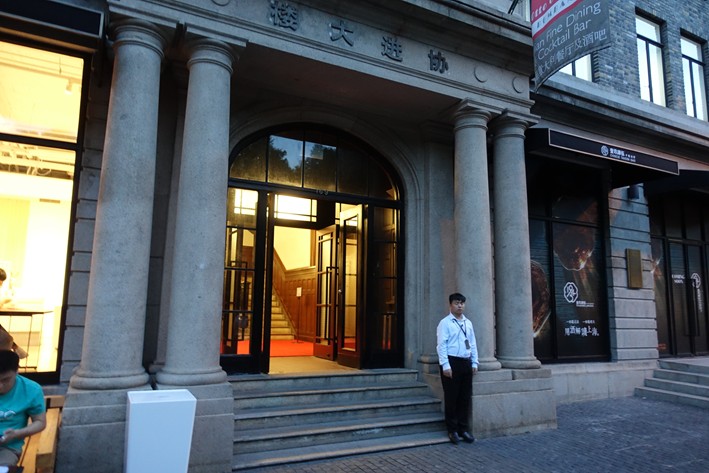

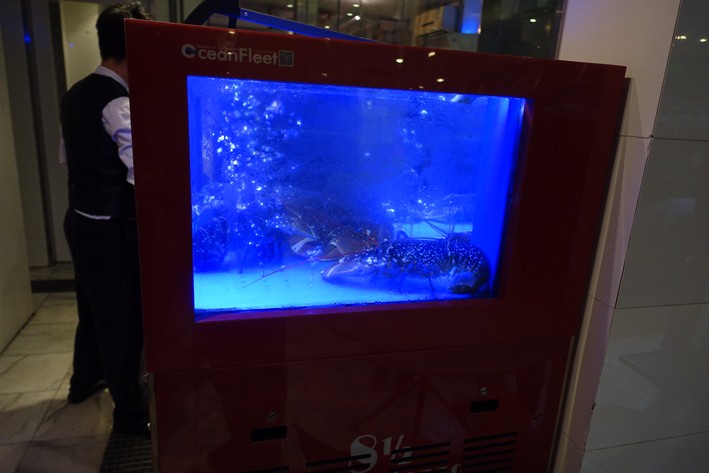
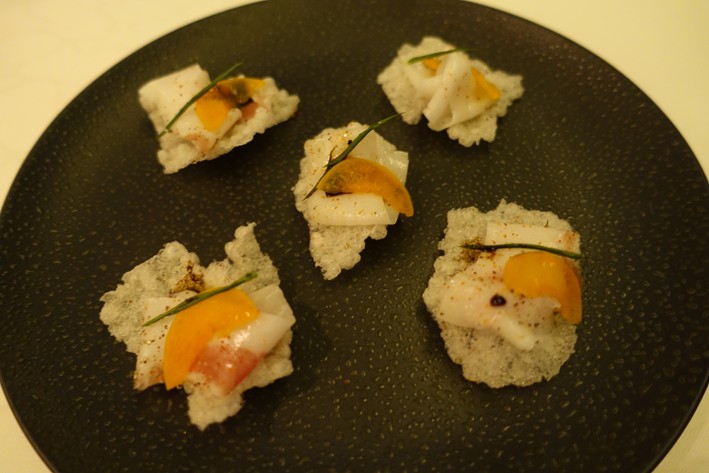
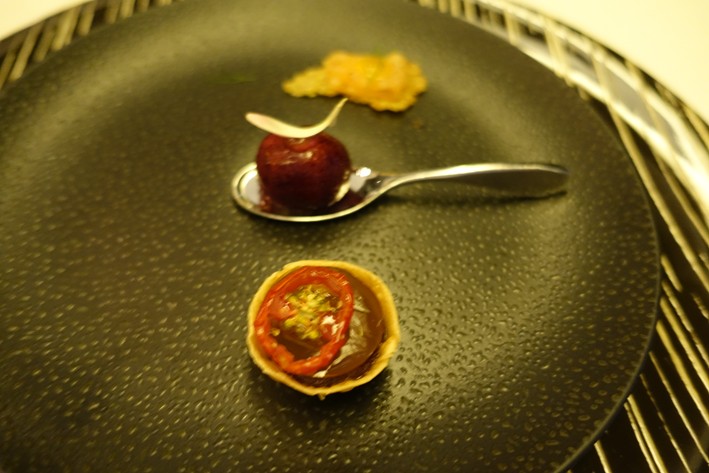
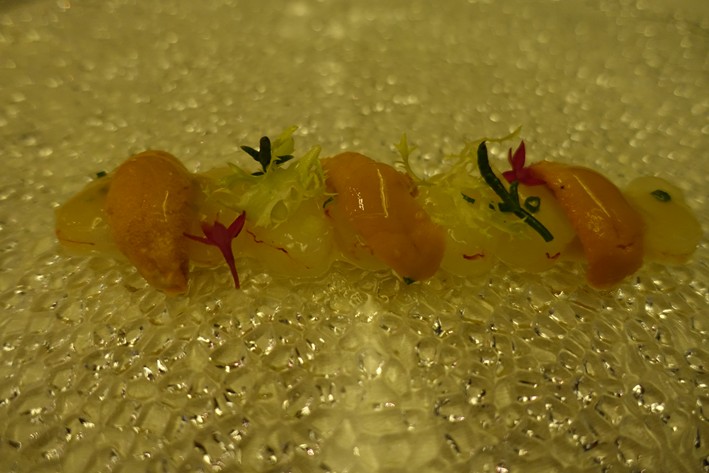
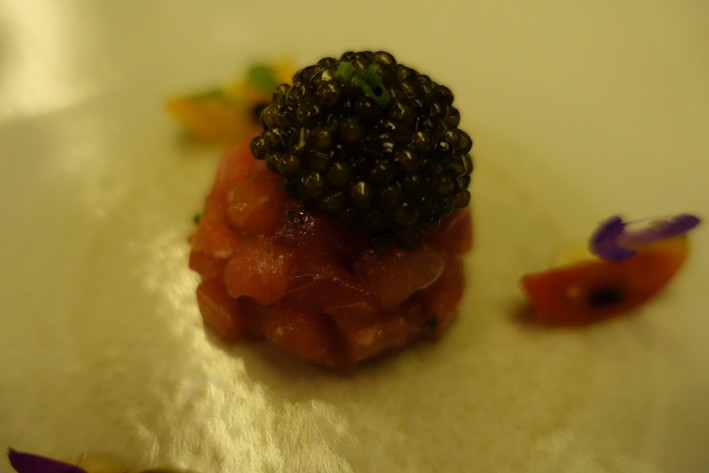

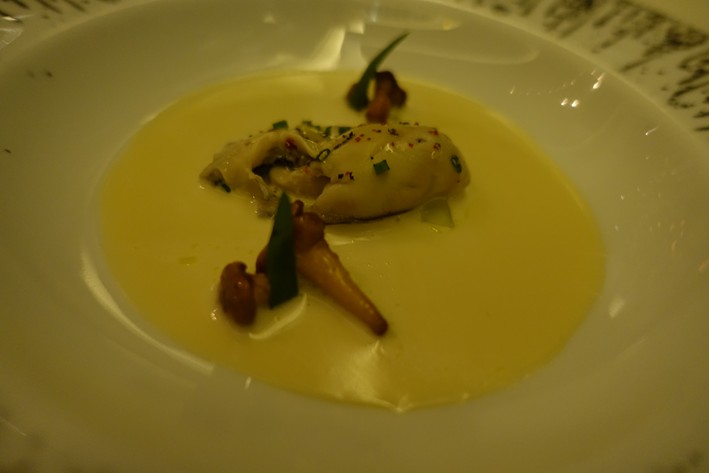
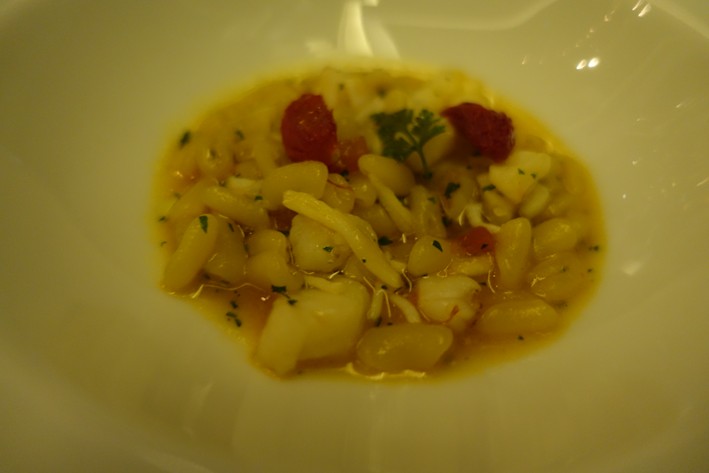
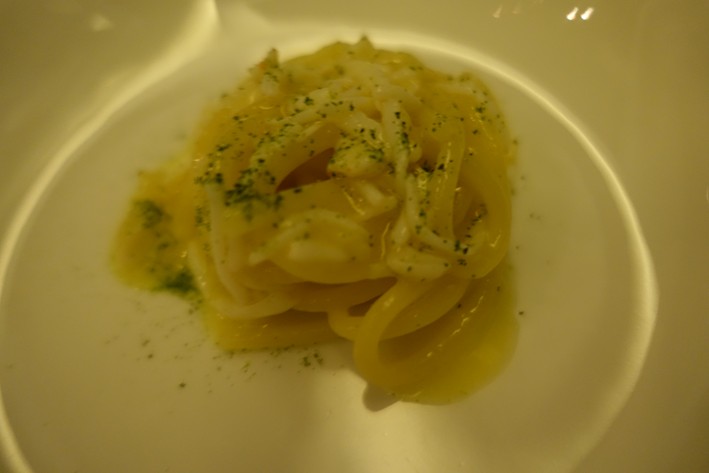
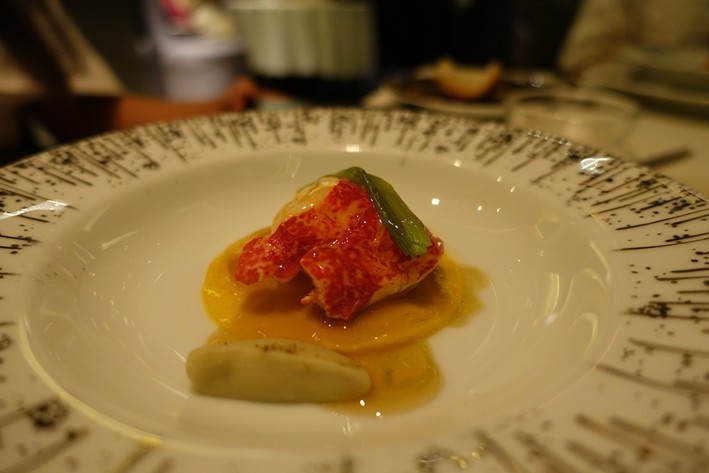
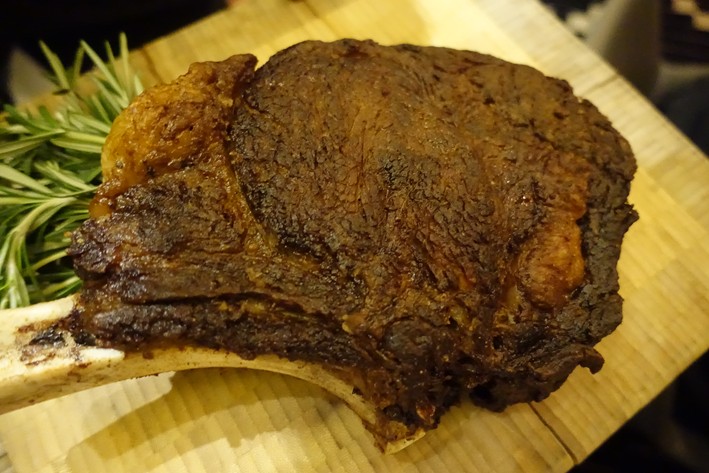


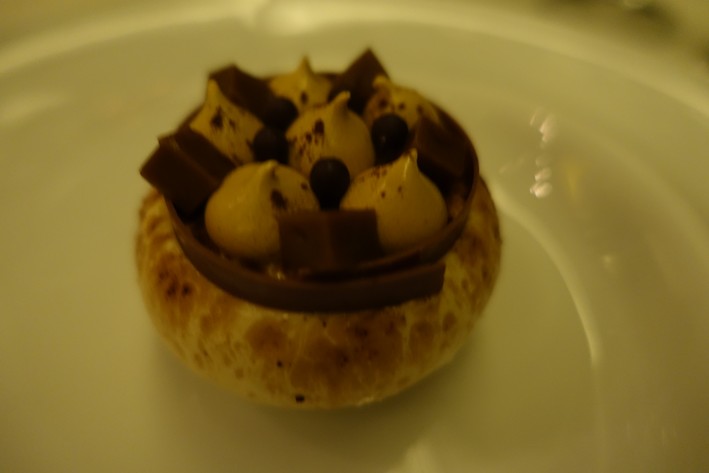
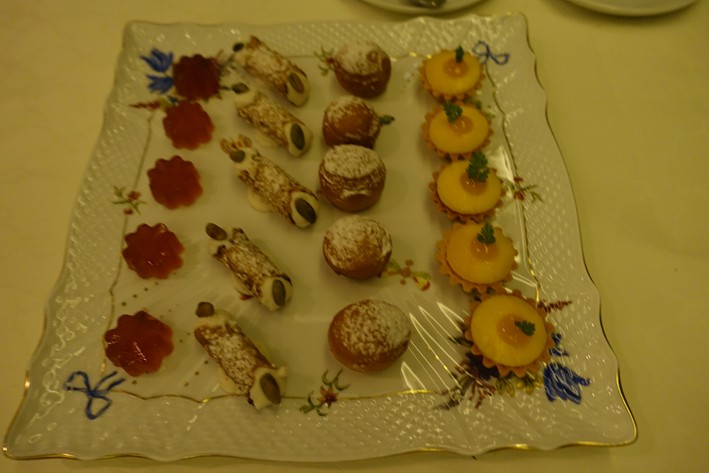

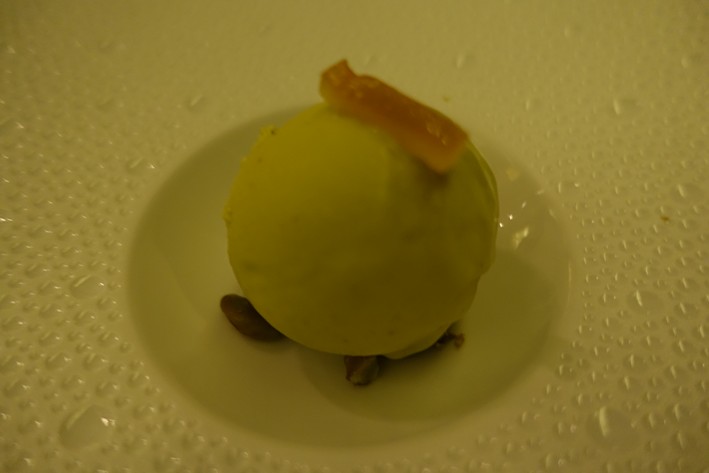


Add a comment
Thank you for submitting your comment, this will be checked and added to the website very soon.
User comments